Next week I’ll have a short residency at the University of Kentucky at Lexington. Of public interest is that on Friday, Feb. 8, at 3:30 I’m giving the Rey M. Longyear Musicology Lecture, in honor of a well-known scholar in Classical and Romantic music, endowed by his widow. That’s at the Niles Gallery of the Lucille Little Fine Arts Library. Later that evening at 7:30, there will be a concert of my music organized by grad-student percussionist Andy Bliss. He’s premiering a vibraphone solo I wrote for him titled Olana, and his group will play my Snake Dance No. 2, Last Chance Sonata, and On Reading Emerson. I may play a couple of tunes myself.
Longyear was author of the first music history textbook I read in college, and I get a big kick out of being asked to give this lecture. Aside from close association with my medieval history professor Ted Karp in grad school, and an admittedly fanatical interest in historical minutiae, I don’t have any musicological training. I escaped taking the required bibliography course. Wiley Hitchcock kidded me about the number of footnotes in my American Music history that read, “Communication to author” – meaning that, instead of sourcing reference works, I just called up composers for the information I needed. I find it humorous and generous that so many musicologists have been willing to consider me one of their ilk, and even quote me in their books – especially given how many composers have not wanted to consider me a composer. I was even hired at Bard as a musicologist. You train for something your whole life, and you have all this ambition and anxiety about “making it,” and meanwhile you pick up a hobby, in which, were you to fail abjectly, you would simply shrug; and then the hobby takes off, and it’s a very funny feeling. And so in honor of the occasion this amateur, “Sunday” musicologist will, for the first time, give a lecture about musicology itself. What a blast.

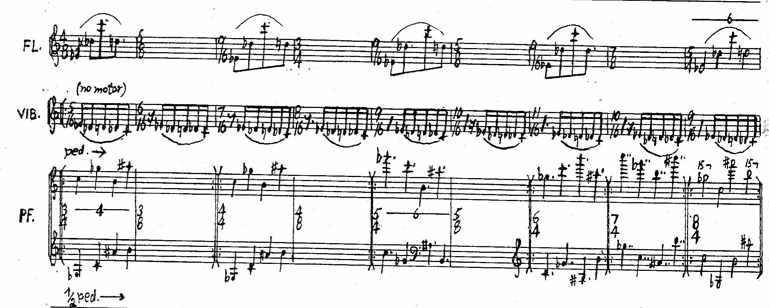




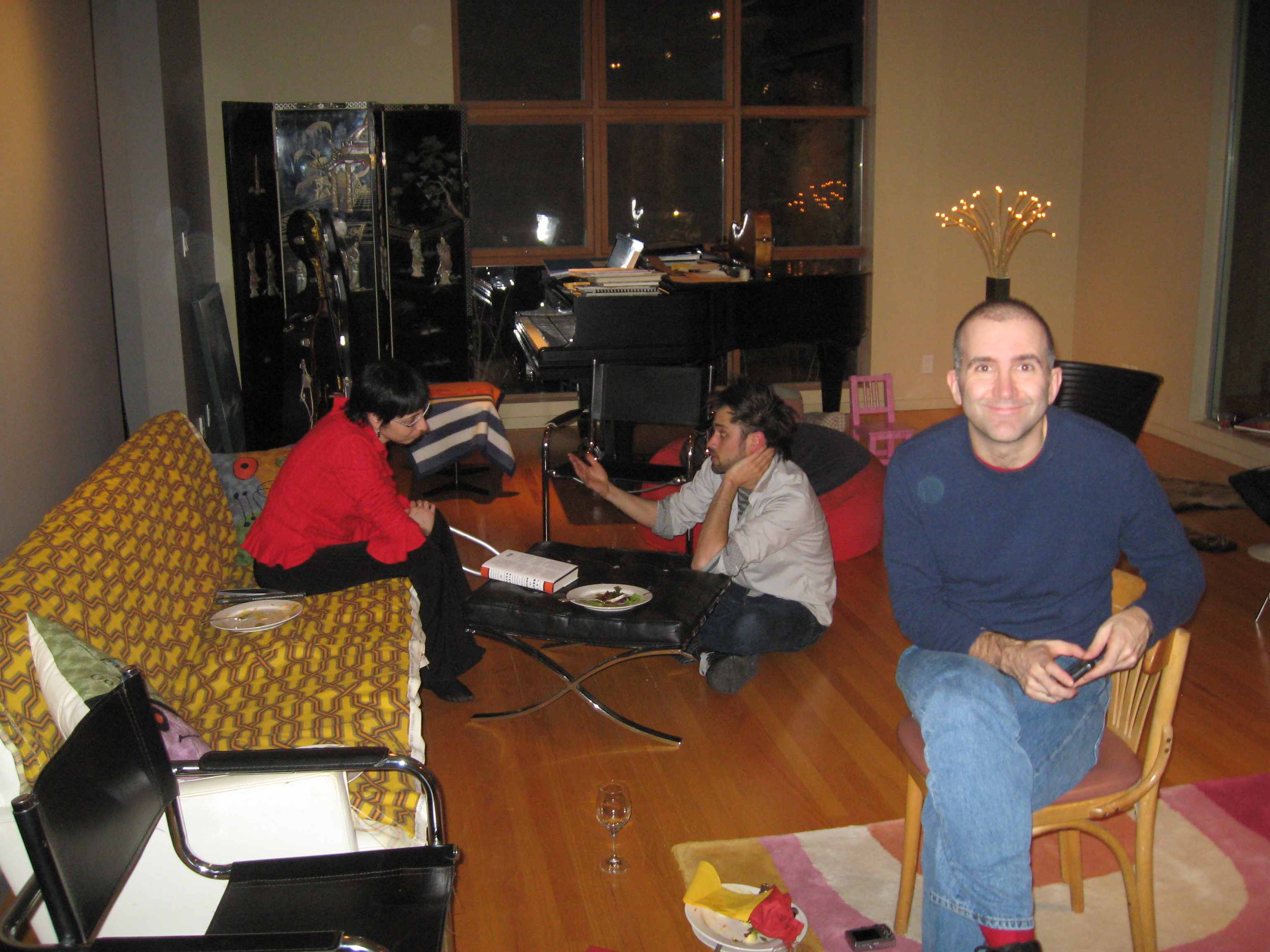
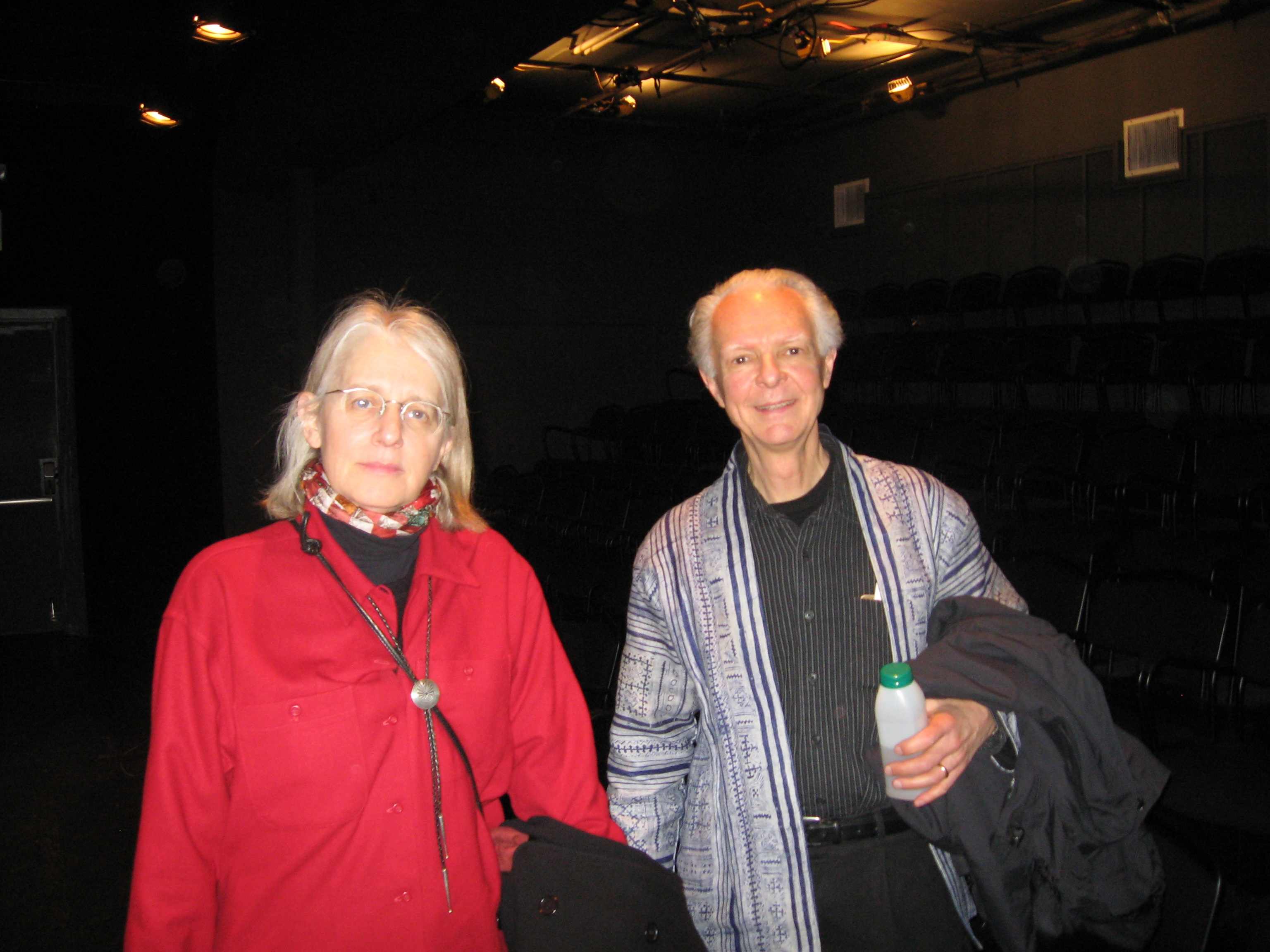
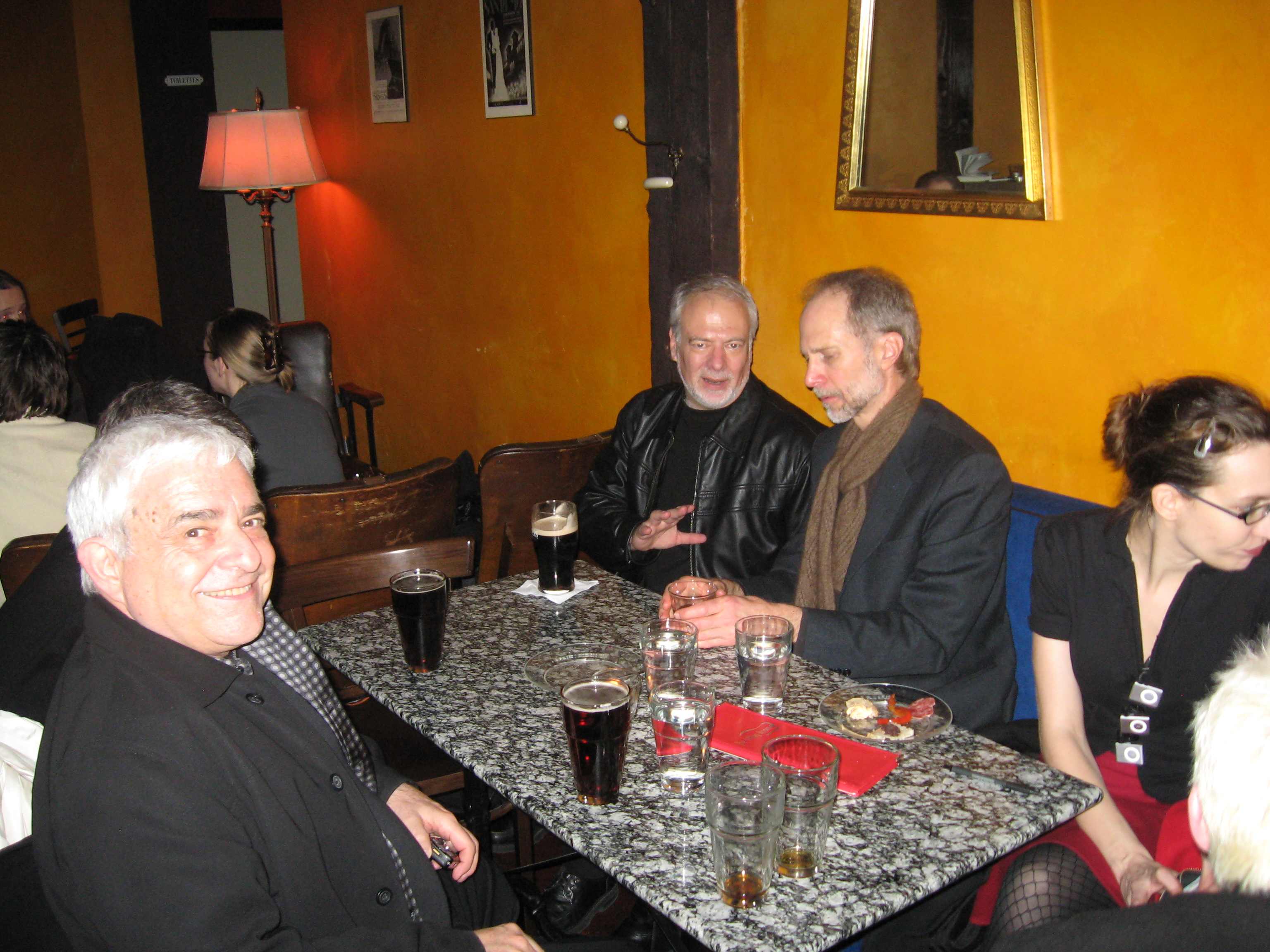
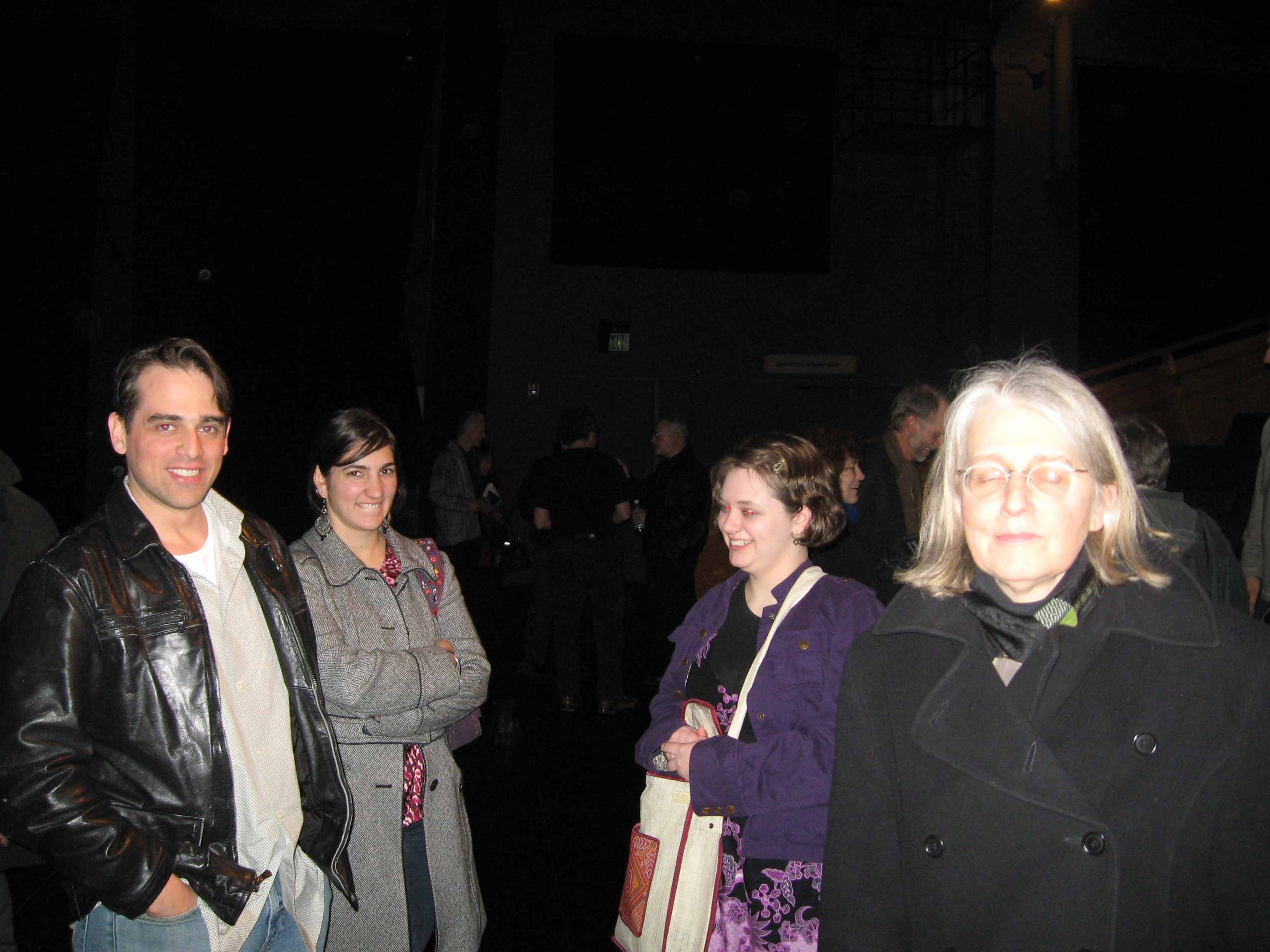

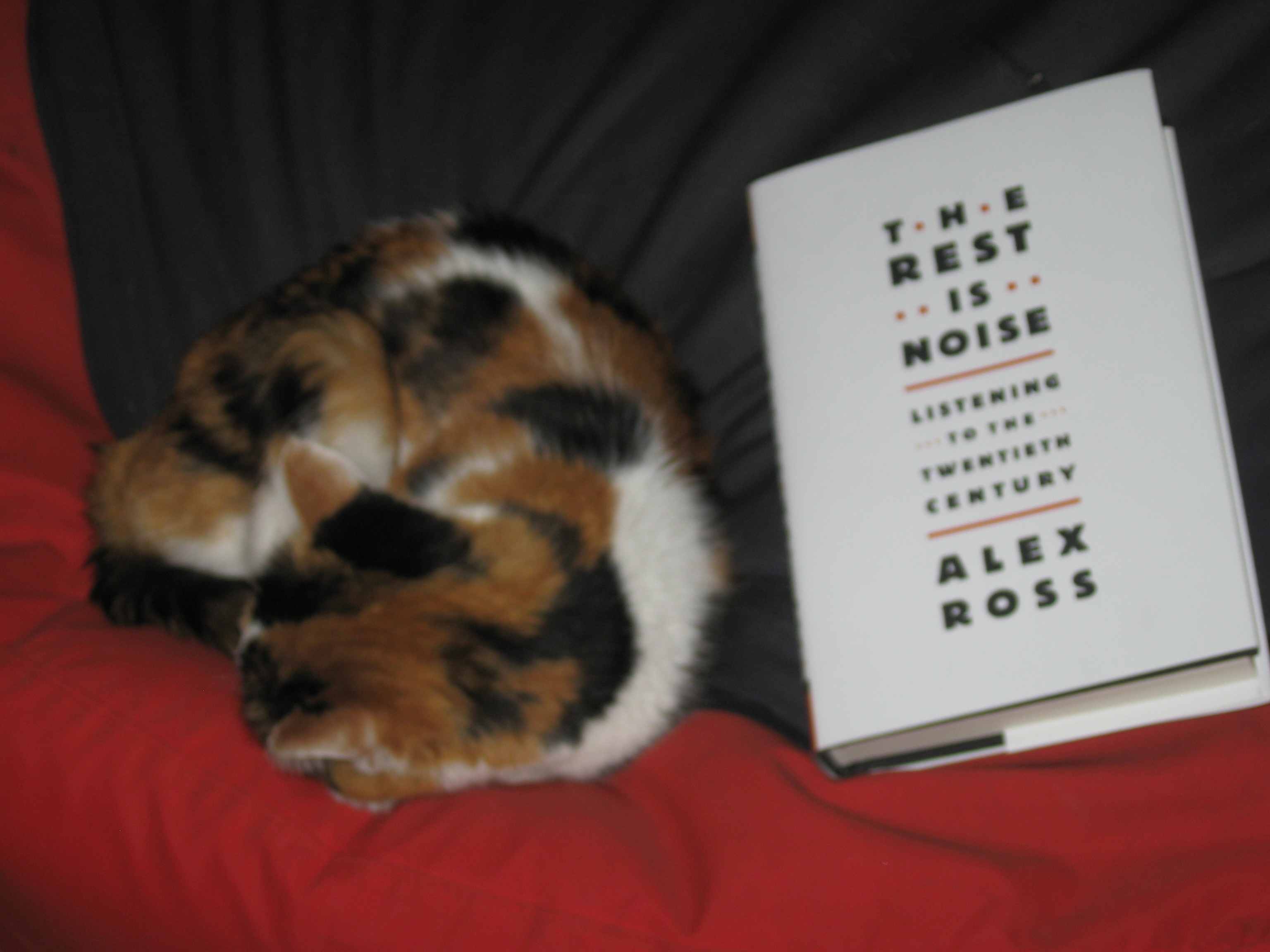
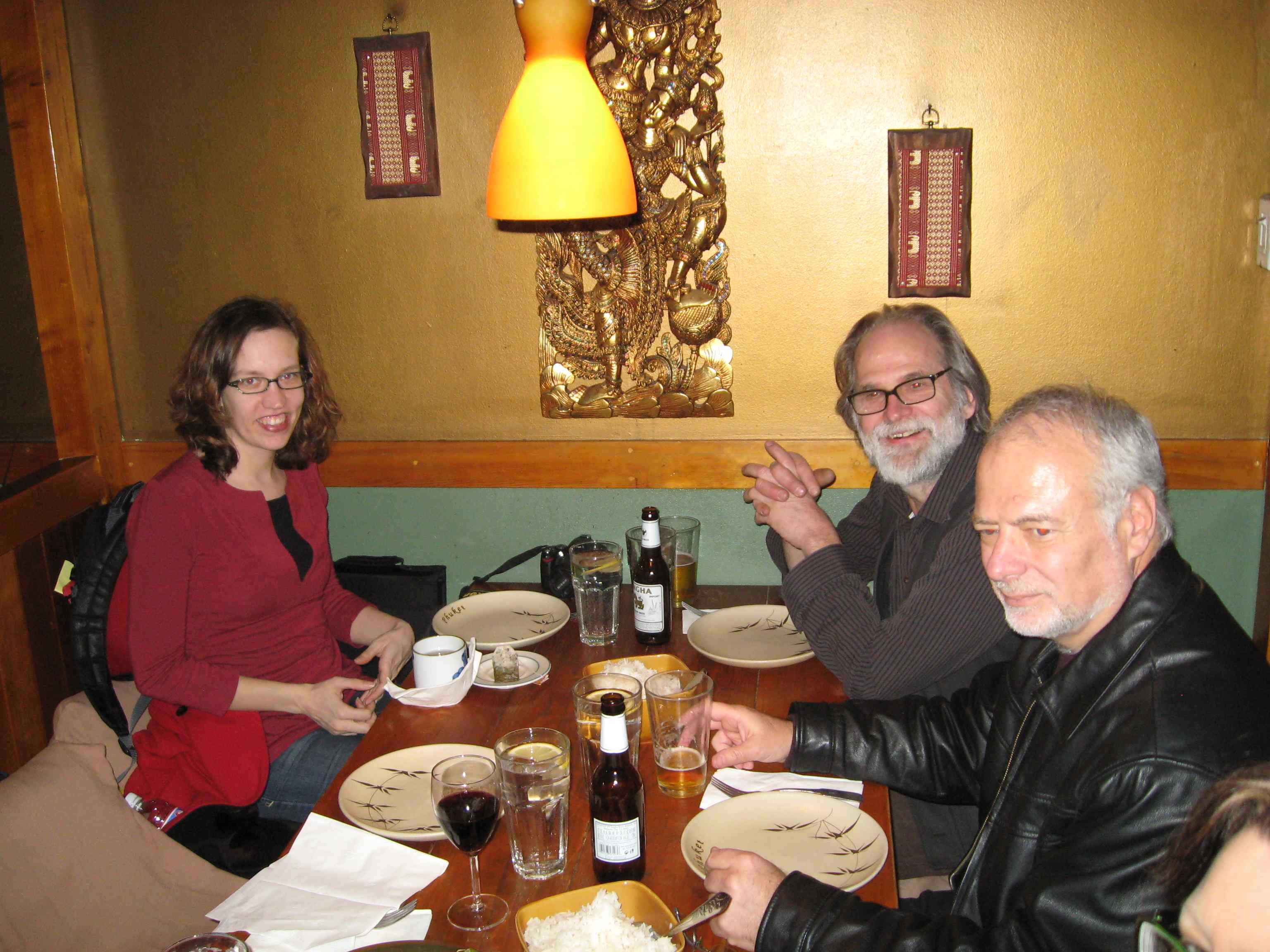
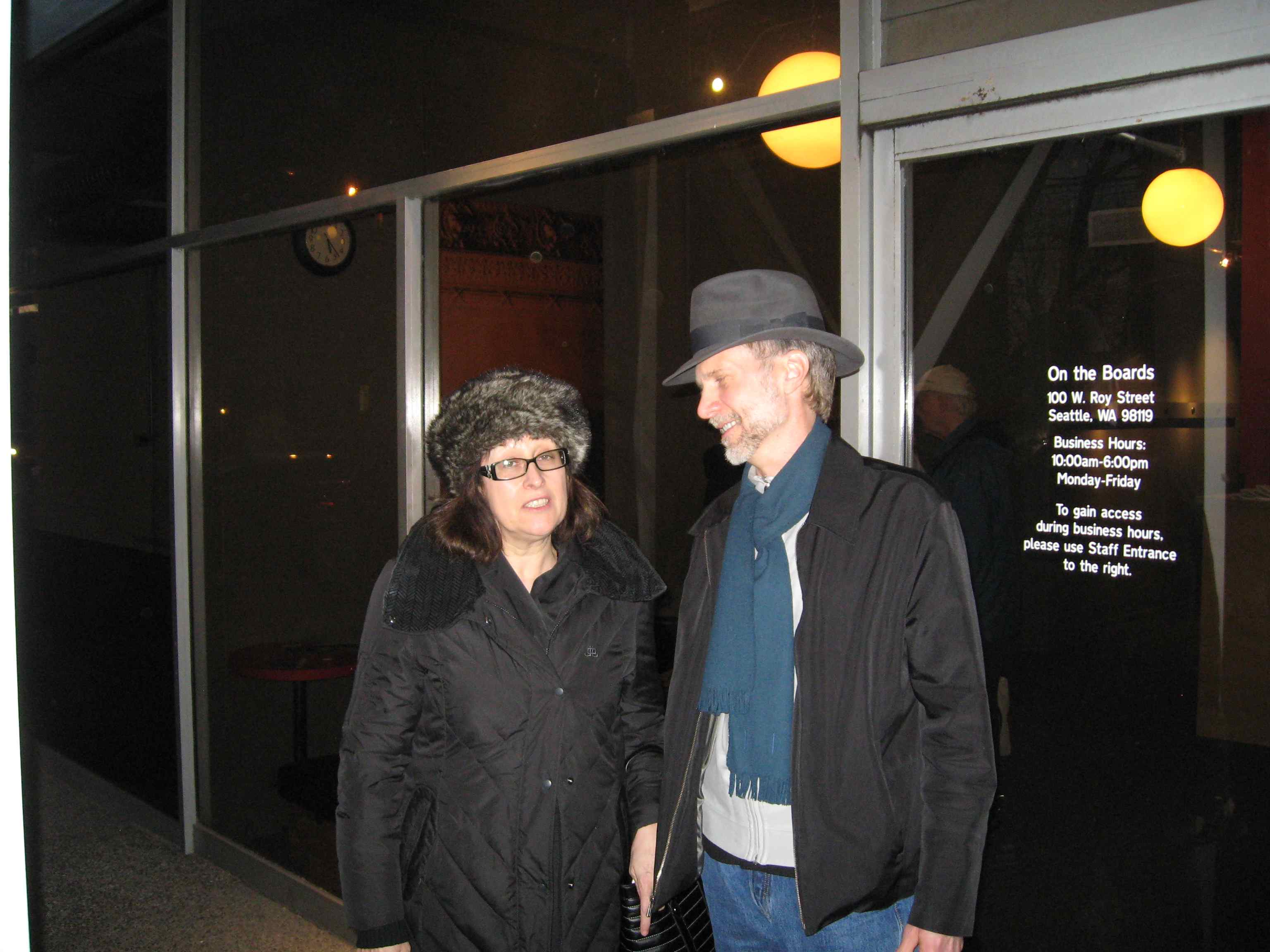



 Based on an epic poem by Harry Martinson (1904-78), who I gather was one of Sweden’s most important poets, and set in the year 2038, Aniara is the story of a space ship taking passengers from Earth (named Doris in the fanciful text) to Mars. In swerving to miss an asteroid the space ship is throw off course, and heads off into the infinite. Meanwhile, radio reports reveal that the Earth has been destroyed by nuclear explosions. Act I shows the passengers entertained by a kind of pop singer named Daisi Doody, who sings in a catchy kind of Swedish scat, and a comedian named Sandon, as they try to absorb the tragedy that’s befallen them. Act II takes place 20 years later, the passengers having fallen into decadence and cult worship as main characters die off and the journey reaches its inevitable oblivion.
Based on an epic poem by Harry Martinson (1904-78), who I gather was one of Sweden’s most important poets, and set in the year 2038, Aniara is the story of a space ship taking passengers from Earth (named Doris in the fanciful text) to Mars. In swerving to miss an asteroid the space ship is throw off course, and heads off into the infinite. Meanwhile, radio reports reveal that the Earth has been destroyed by nuclear explosions. Act I shows the passengers entertained by a kind of pop singer named Daisi Doody, who sings in a catchy kind of Swedish scat, and a comedian named Sandon, as they try to absorb the tragedy that’s befallen them. Act II takes place 20 years later, the passengers having fallen into decadence and cult worship as main characters die off and the journey reaches its inevitable oblivion.